Short Intro
Those who follow SmartHomeScene’s reviews channel, already know we test a bunch of different mmWave radar presence sensors and wrote detailed reviews for each one. Even after all this work, it’s hard to give an answer to the question of which mmWave radar presence sensor is the best? This might appear as being a simple question – but it’s hardly a simple answer.
You, as a user, might prefer one feature over another. You may prefer open source Wi-Fi devices, you may prefer Zigbee devices working with ZHA/Zigbee2MQTT or maybe you want to create a DIY presence sensor to integrate with Home Assistant. There is no one size fits all when it comes to mmWave radar presence sensors.
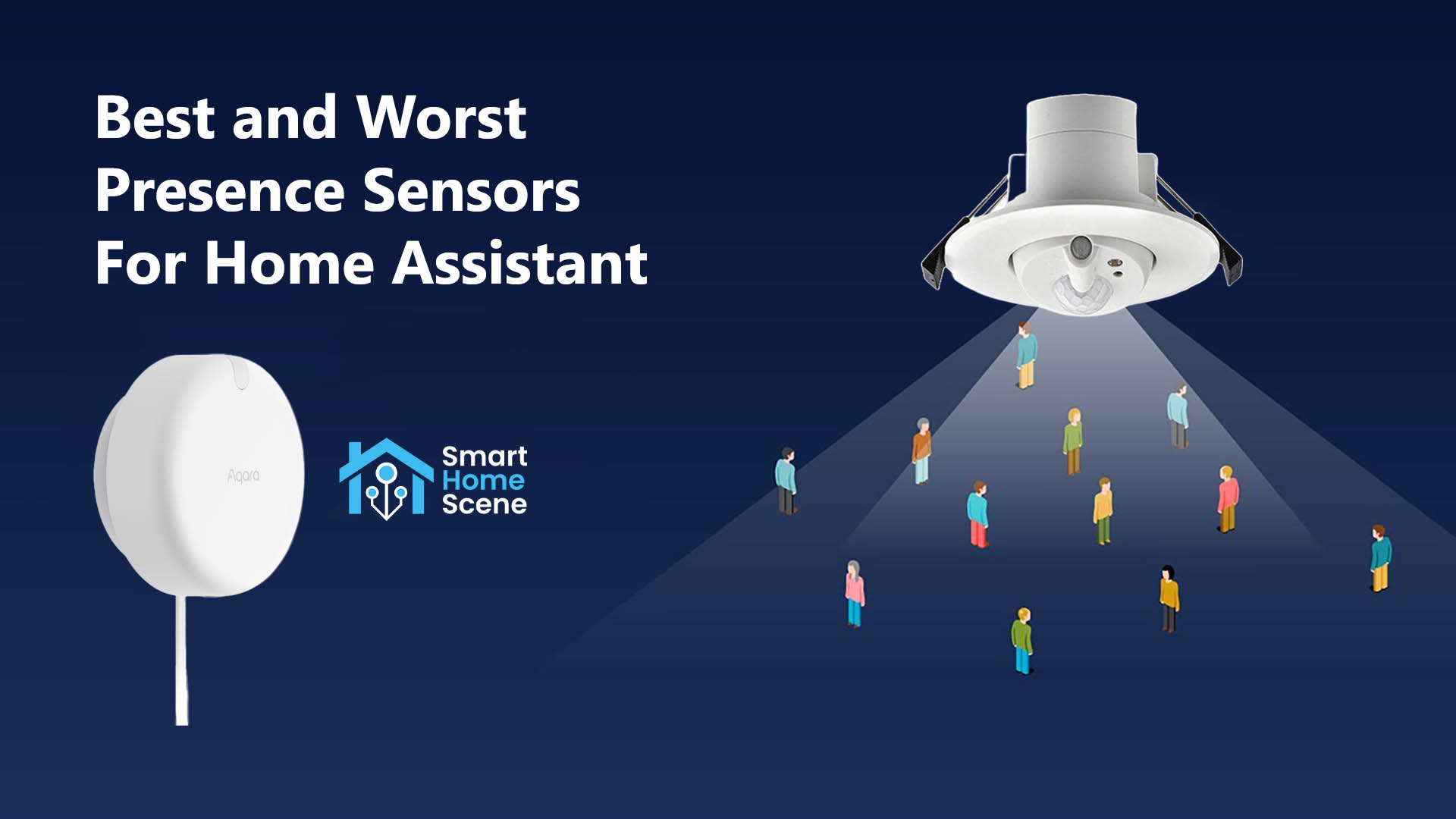
This article features the Best Presence (Occupancy) Sensors compatible with Home Assistant. We’ve separated these in several categories and noted their most important features. The list will be kept constantly updated and refreshed as new and better devices appear on the smart home market.
Best Overall Presence Sensor For Home Assistant
The Apollo Automation MSR-2 is the smallest presence sensor ever made. Measuring at just 40x24x15mm, it’s almost unbelievable how they managed to make it so feature-rich. Like it’s predecessor the MSR-1, the MSR-2 can measure presence, temperature, humidity, air pressure, UV index, illuminance and optionally CO2. To top it all, the MSR-2 is 30% smaller than the MSR-1.
The Apollo MSR-2 is available with some optional addons for improving the installation flexibility. This includes an outlet mount, for installing the device directly on a wall outlet as well as an articulating stand, which allows the device to rotate and face the direction you need it too. Another welcomed addition is a special USB-C adapter for making the port face backwards, so you can hide all cables from sight.
At the moment, this is the best and most reliable presence sensor for Home Assistant, which operates with an open-source ESPHome firmware.
Check out the full Apollo MSR-2 review to learn more.
With the release of the first generation FP1 Presence Sensor, Aqara was so far ahead in the game that no other manufacturer managed to follow for quite some time. Defining proper detection zones were and still are, a distant thought for most smart home brands.
When the Aqara FP2 hit the market, it solved any drawbacks the FP1 had (e.g. slow initial detection) and brought some new features to the table (real-time multi-person detection). Through continuous firmware updates, they managed to solve any user-discovered bugs and turn the FP2 into the best and most feature rich presence sensor available today.
The only real drawback of the Aqara FP2 is that you need to use their app to configure any of the advanced features it offers (zones, detection modes, etc.). Once you are done with the app, you can delete it and use the device completely locally in Home Assistant.
I highly suggest you read my deep dive review of the Aqara FP2.
The Everything Presence Lite is actually labelled as a development and testing board for presence sensors by it’s creator (Lewis, ESH), which means a couple of sensors are compatible with the main board: DFRobot SEN0395, HiLink LD2410C and various Seeed mmWave Sensors. It ships with the HiLink LD2450 from the store, although you can swap sensors if you want to. Like the Apollo Sensors, it has a dedicated illuminance and UV sensor installed on the mainboard, model BH1750.
Everything Presence sensors are extremely flexible and configurable, they implement a form of detection zones, as well as target distance measurement. Any tweak that you can think of in terms of presence detection fine-tuning can be applied to it’s source code in ESPHome.
Best Zigbee Presence Sensor for Home Assistant
Even though it shipped somewhat buggy and incomplete initially, the original Aqara FP1 was the first presence sensor that mainstreamed using mmWave radar sensors instead of traditional PIR sensors in Home Automation. The Aqara FP1E is the global release of the FP1, as the latter was officially released only in Asian markets.
Eventually, any bugs it had were ironed out with firmware updates and the FP1 became a very versatile and reliable presence sensor. Ever since my initial Aqara FP1 review, I’ve shared articles for setting up detection zones in Zigbee2MQTT and other tips, tricks and automation examples for getting the most out of the Aqara FP1.
If you are looking for a cheap ($15!) ready-made solution with no fancy features, Sonoff’s latest presence sensor labelled as SNZB-06P is based on a 5.8GHz radar, but performs perfectly fine in detecting presence in a room.
The sensitivity threshold and detection timeout clusters for the SNZB-06P were recently added to Zigbee2MQTT, so the basic functionality can be tweaked to an extent. Check out my teardown and review of the Sonoff SNZB-06P to learn more.
The Tuya Zigbee Presence Sensor MTG075-ZB-RL with a built in relay was part of a wave of new mmWave radar presence sensor popping up on AliExpress. I’ve been testing every single device ever since and the MTG075-ZB-RL is the only one that is solid and reliable enough to make this list.
This is the most configurable Zigbee presence sensor to date, with two separate sets of parameters available for tweaking the device: one for the initial presence detection and the other for the continuous (static) presence detection. This allows for a more versatile usage of the device and more flexibility for eliminating false triggers.
Check out the full Tuya MTG075 review to learn more.
Best Battery Presence Sensor for Home Assistant
This newly released XMOSB01XS presence sensor by Xiaomi is the best battery-powered occupancy sensor to date. It relies on a clever combo of PIR + mmWave sensors to reliably detect motion and occupancy in a room, boasting a battery life of 3 years thanks to its low-power BLE radio.
It’s packets can be captured via Bluetooth proxies in Home Assistant and used to create some nice occupancy automations. The device is powered by a single button cell CR2450 battery and comes with a very useful magnetic swivel, which can be used to point the sensor towards the detection area. If you are looking for a battery-powered presence sensor and Bluetooth is not an issue for you, than the Xiaomi XMOSSB01XS is your best choice.
Check out the full Xiaomi XMOSB01XS review to learn more.
The Tuya ZG-204ZM is the first-ever battery occupancy sensor I ever encountered. It uses Zigbee instead of Bluetooth and relies on the same operation logic as the Xiaomi model. A combination of PIR + mmWave are used to detect motion and presence, turning the ZG-204ZM into a reliable and capable presence sensor.
The HLK-LD2410S this devices uses is a battery-optimized radar sensor, which requires very little power to operate, drawing only 0.1 mA @ 1 Hz reported frequency. It’s also powered by 3.3V instead of 5V, which only bolsters its case as a suitable mmWave radar for battery-powered applications.
Check out the full Tuya ZG-204ZM review to learn more.
Best PIR + mmWave Combo Presence Sensor
The Meross MS600 is the first-ever Matter occupancy sensor. It uses Matter-over-Wi-Fi to communicate and can be paired to Home Assistant through the official Matter integration and server add-on. The device uses a combo of PIR and 24GHz mmWave sensor to detect human presence. It exposes occupancy, illuminance, target distance, and allows the user to tweak the fade time and sensitivity in Home Assistant.
It’s official spec sheet says it can capture motion up to 12 meters and static presence up to 6 meters. The device comes with an adjustable base that swivels 180° and rotates 360°, allowing for some flexibility in installation and mounting.
The Everything Presence One EP1 was Lewis’s first presence sensor release, which combined a Panasonic PIR Motion Sensor with a DFRobot presence sensor to create reliable human presence detection. The device uses an ESP32 board flashed with custom ESPHome firmware.
The PIR sensor is instant in detecting motion, while the DFRobot sensor is used for continuous and static human presence detection. Both are combined in a single occupancy entity, which needs to be cleared for Occupancy to inherit a Clear state. It’s worth noting the EP1 is a pricier devices compared to others of this type.
Check out the full Everything Presence One review to learn more.
The Athom PS01 is a Chinese-made presence sensor based on the LD2410C 24GHz radar module by Hi-Link. This devices also relies on a PIR sensor for it’s fast initial detection and comes pre-flashed with ESPHome firmware.
Just like the Everything Presence One, the motion and presence sensors combine their states to create the occupancy entity in Home Assistant, which is cleared only when both of them are cleared of motion/presence.
The Athom PS01 relies on a ESP8285 board, which is significantly weaker than ESP32 boards used in it’s main competitor above. This limits the capability of the device in terms of adding reliable detection zones, multi-target definition and target distance measurement.
Best Presence Sensor with Multi-Person and Zone Support
The Apollo MTR-1 is a newly released presence sensor by the company, which relies on the HLK-LD2450 radar sensor. It can track up to 3 targets individually and record their coordinates in a X – Y grid. The MTR-1 allows you to define up to 3 separate detection zones and track their individual occupancy in Home Assistant. Further, it will record each target movement speed, direction, angle, distance and resolution.
If you are all for tinkering, the MTR-1 offers some incredibly versatile automation possibilities. Being an ESPHome device with native Home Assistant integration, the MTR-1 takes the top spot for the best presence sensor for tracking multiple targets.
Check out the full Apollo MTR-1 review to learn more.
When it comes to real-time multi-target tracking or multi-person detection, the Aqara FP2 Presence Sensor is a great pick, offering live data of targets moving in its vicinity. It can track up to 5 people individually, allowing you to create some nice automations.
However, the downside of the FP2’s multi-person detection feature is that live data is not exposed to other smart home ecosystems, like Home Assistant. I don’t feel this is a dealbreaker, since automating based on live multi-person person is an overrated feature in my opinion.
On the other hand, the FP2 allows you to create up to 30 separate detection zones and track their occupancy status individually in Home Assistant. This does require using the Aqara app, which you can freely uninstall after you are done setting up the detection zones.
Check out the full Aqara FP2 review to learn more.
Best Ceiling Mounted Presence Sensor
The Tuya MTG075-ZB-RL is a device that can be mounted on a ceiling non-invasively, meaning you do not need to drill a hole to mount the sensor – yet it’s still thin enough to look good when installed on one.
On top of that, it’s the most flexible and configurable Zigbee presence sensor to date. The built-in relay is a nice addition for automatically toggling lights without any automation software. You can also install it on a wall, like I have, and it will work perfectly well.
Check out the full Tuya MTG075 review to learn more.
Unlike the Tuya MTG075-ZB-RL, the Tuya ZY-M100-S presence sensor needs a hole in your ceiling in order to be installed. The devices clips onto your drywall sheet (or similar) like most recessed lights used in residential homes.
It’s powered by 85-240VAC, which means there is no need for an adapter and you can just connect it on L+N wires meant for your lights. It does a great job in detecting presence, although keep in mind that this sensor is known to get triggered by robot vacuums.
Best DIY Presence Sensor
If you prefer the DIY (Do-it-yourself) path, consider the DFRobot C4001 and ESP32 combo. This mmWave radar sensor has a whopping motion detection distance of up to 25 meters! It can reliably detect static presence at 16 meters with a beam angle of 100×40°.
The sensor is is specifically made for detecting human presence in home automation. It is the successor of the already popular and widely used DFRobot SEN0395 sensor. What’s more, it’s available in two variants: one with a maximum distance of 25 meters and another with a maximum of 12 meters. I wrote a detailed guide for creating your own occupancy sensor by attaching this sensor to an ESP32 board.
Check out the full ESP32+DFRobot C4001 DIY guide to learn more.
Hi-Link’s mmWave sensor line-up is the most popular choice out there, especially when you consider price as the main factor. I wrote an article recently about integrating the Hi-Link LD2410B and LD2410C presence sensors in Home Assistant with an ESP32 board and shared the code to copy-paste in your ESPHome config.
Alternatively, you could also use the LD2420 or LD2450, although there is no official ESPHome support for the LD2450 at the moment. The LD2410B/C is the easiest to work with and has excellent community support, which makes it the first pick.
Presence Sensors to Avoid
Bellow this heading are all the mmWave presence sensors you need to avoid, for one reason or another. The devices in this list either have major drawbacks, unfixable flaws or there are simply better alternatives out there in the same price range.
Moes/Linptech Zigbee Presence Sensor ZSS-LP-HP02
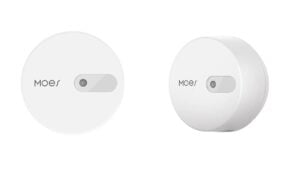
The Moes/Linptech Presence Sensor model ZSS-LP-HP02 is probably one of the better sensors on this list in terms of static presence detection. It’s also very fast in the initial movement detection, has a great build quality and is highly configurable in Zigbee2MQTT.
Unfortunately, this Moes ZSS-LP-HP02 Presence Sensor spams your Zigbee network HARD. There is no way to reduce payload traffic, per entity or fully, since Tuya uses non-standard Zigbee implementation and data is pushed and not polled. There is also no option to turn of the onboard LED, which flashes constantly when presence is detected.
Deploying 3+ of these and your Zigbee mesh network will likely suffer or crash. It’s best to avoid it, since there are better alternatives.
Tuya Zigbee Presence Sensor with Siren ZG-205ZL
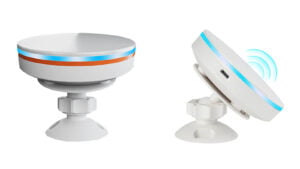
The Tuya Zigbee Presence Sensor with Siren model ZG-205ZL is another presence sensor you need to avoid. This device is plagued with false negative triggers, it doesn’t respect user set parameters like delays and sensitivity and is inaccurate in general. The included siren is a gimmick at best, producing lame quality in mono audio.
Tuya Zigbee Ceiling Presence Sensor LY-TAD-K616S
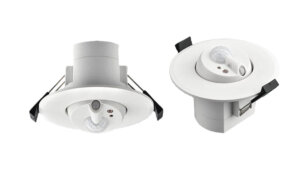
The Tuya Ceiling Presence Sensor LY-TAD-K616S is advertised as a radar presence sensor, but it’s actually a double PIR sensor in disguise. Some developers somewhere possibly though they could create a static human presence sensor by combining two PIR motion sensors and a luminance sensor, writing some clever magic code and make it work like they decided to advertise it. Totally incorrect and an unmitigated lie.
Tuya Zigbee Presence Sensor PS-HPS
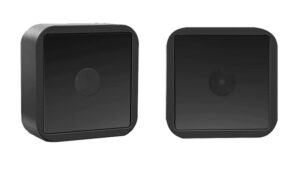
The Tuya Zigbee Human Presence Sensor PS-HPS is probably the ugliest presence sensor you will find floating around. The case is being reused for something else by Tuya, maybe a ZigBee/BLE gateway. And even though it does a decent job at detecting static presence, it’s very slow at initial detection. There is no reason to consider this device, since there are far better alternatives out there.
Tuya Zigbee Presence Sensor TZ-GS-200
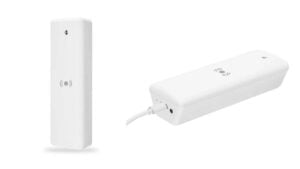
The Tuya Zigbee Presence Sensor TZ-GS-200 is another sensor you should skip for various reasons, the main one being Zigbee2MQTT and ZHA support is non existent right now. You could use an external converter, but as it turns out this device also floods your network really hard.
Tuya Zigbee Presence Sensor ZG-205Z
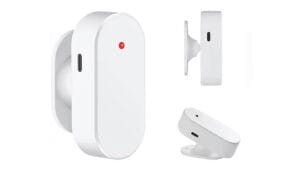
This Tuya Zigbee Presence Sensor ZG-205Z produces sub-par performance and uses an unreliable 5.8GHz mmWave radar sensor. Even though the mmWave radar is capable enough to perform better than it does, it’s most likely utilized badly in this presence sensor. While it operated better in the Sonoff SNZB-06P, it’s completely gimped in the Tuya ZG-205Z.
Tuya Zigbee Presence Sensor SZR07U

The Tuya Zigbee Presence Sensor SZR07U performs as advertised, detecting presence reliably and accurately. However, it also flood your Zigbee network which is a common and unfixable issue in these devices.
Tuya Zigbee Presence Sensor _TZE204_ztqnh5cg
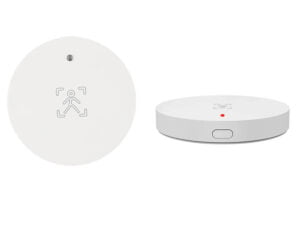
The Tuya Zigbee Presence Sensor _TZE204_ztqnh5cg model should be a new and improved version of the popular ZY-M100, however it falls short in several ways. Illuminance reading is spammy, unreliable and it does send a payload every 2 seconds on average which would be considered spam.
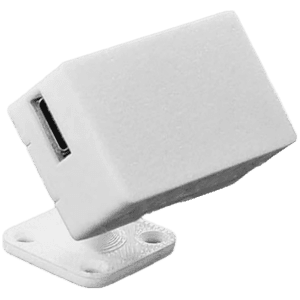
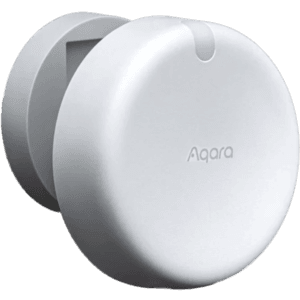
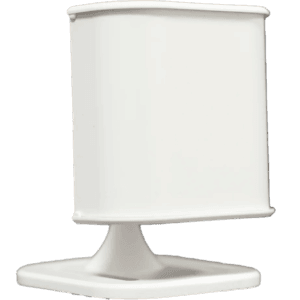
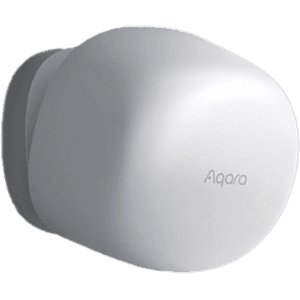
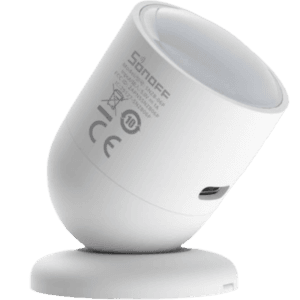
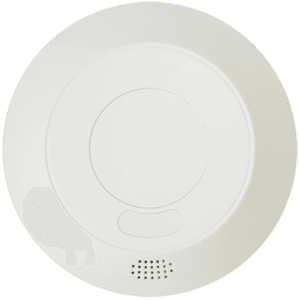
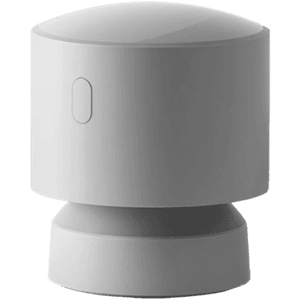
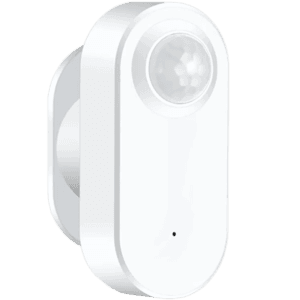
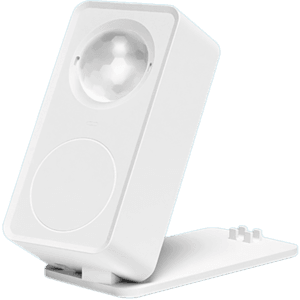
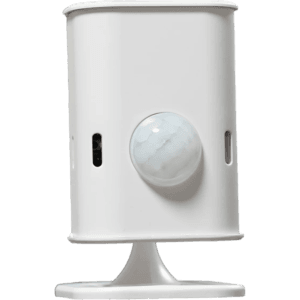
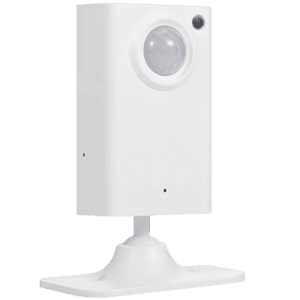
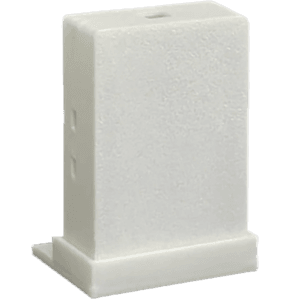
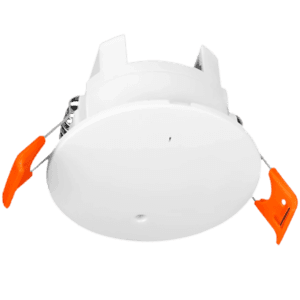
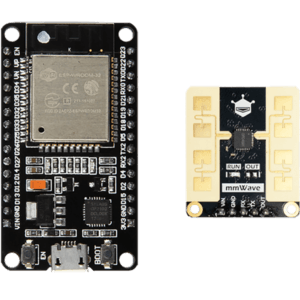
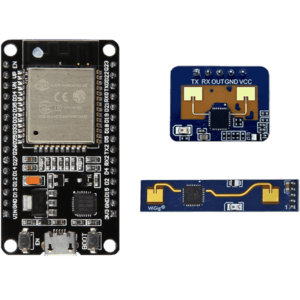
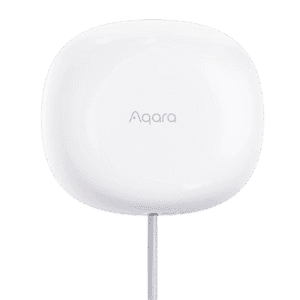
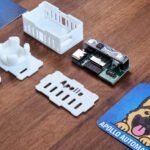
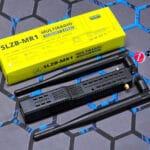
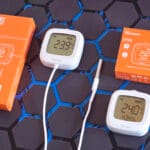
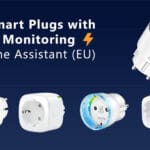
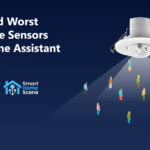

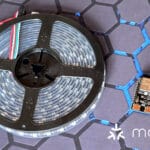

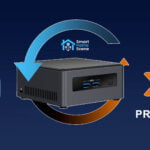
You missed LD2450 and LD2420 in the DIY Esphome section. LD2450 is better in multi-person detection. LD2420 has a better range and is cheaper compared to LD2410B/C.
Thanks Yousaf,
I didn’t miss them, I am simply sharing what I think is the best in my opinion.
The LD2450 doesn’t have official ESPHome support, which makes it harder to work with with.
The LD2420 is cheaper for a reason, it’s worse in detecting static human presence and breathing than the LD2410.
While it does hold some advantages over the LD2410 (range), it produces more false triggers than the LD2410.
This why I picked the LD2410 as the current top pick in the category.
I’ve added a short explanation about the other two.
I will happily change the ratings whenever I do some more tests.
Cheers
I am using all three ld2410B, LD2410C and LD2420, in my testing sitting in front of 2420 is the same/on par with ld210b/c. I use my only ld2420 in my office. LD2410B/C does allow finer granular control though.
LD2420 has the advantage of being 3.3V powered too.
I’m using all 5 LD2410c, it work perfectly to automate all light my home. It is best price.
i tested almost all the presence sensors from hilink and it’s completely different sensors with different purpose in mind, most of them left unfinished in development. only the ld2410, lad2410b and ld2410c works as a presence sensor should and it’s mostly because the others don’t focus in the “still motion” and have other fancy features like gesture detection, planned to be for toilets to flush and so on. not even the ld2410s is the same sensor and at unprecise as all the other models (which might not matter depending on where it should be placed and what it should be used for)
so:
ld2410 (first one with no bluetooth), ld2410b (same one WITH bluetooth, which makes it easier to check levels with their app) or ld2410c (the bigger version with breadboard friendly pins) are the good ones, none of the others are, -if you need precision and accurancy.
ld2450 i would rather call a target tracker, because thats all it’s good at, fun but not useable because it easily lose a target, it got better in the last firmware but still just a geeky toy, no pratical usage since you cannot count on it. – this sensor they actually worked much longer on that some of the others non-2410 models but i guess it will never be what we wish it could b. 🙁
Hi, I’m sadly missing the everything presence one kit, but I think these is based on you didn’t had a chance to get it and test it, correct? I would really like to see in the future an updated version when you had the possibility 🙂
Hi, I tested the EP1 extensively:
https://smarthomescene.com/reviews/everything-presence-one-vs-aqara-fp2-comparison-review/
Thank your for this very extensive overview, this really helps alot! I also came across these new Tuya presence sensors with integrated relays and was wondering if you also tested the recessed/ceiling mounted version. I always see it listed together with the one you tested (wall mounted) and was wondering whether they have identical specs?
Most likely yes, but I am not sure.
I haven’t tested it yet, so please don’t take my word for it.
The Tuya ZY-M100 also spams your network every second, regardless of whether it not there is presence detected. I have two different models and they both do it. Shame because they are otherwise a good sensor for the price.
I have the first 5.8 GHz version which doesn’t spam at all.
Can you check the logs if it’s only the illuminance value changing when a payload is pushed?
https://github.com/Koenkk/zigbee2mqtt/issues/19045
I have bought ZY-M100-24G based on your recommendation and it spams the Zigbee network as well. This model is not what’s in the title of that Issue, but it is mentioned by some other people further down.
Even if it is sending luminance updates, the fact that it is doing so every second can bring down the network if you have enough of them.
Where’s the EP Lite in this roundup?
If you actually bothered to read the article, you would know it’s ranked as no.1 for Home Assistant.
re: “If you actually bothered to read the article, you would know it’s ranked as no.1 for Home Assistant.”
no you ranked it “best overall” and longer down you write the MSR-1 is the best for home assistant, easy to get confused with which one you would prefer.. :-p
and i can only agree if it’s the MSR-1 from apollo, great selection of sensors on a very well designed pcb, and for the same pricerange as the others, should be the winner in all ways 😉
I’m still somewhat surprised every time I see the Aqara at the top of any list. I placed that thing on each wall of my living room at different heights, reset it multiple times, updated the firmware and after an evening could not even get the initial setup completed. At any distance it stopped detecting anything on it’s left side. The ghosting was horrible even when aimed at bare walls. In fact it picked up ghost motion more reliably than it picked up me dancing around the room like a fool. there seems to be a parity of people who love it and think it works perfectly and people who can’t even get past step one. Knowing that a large portion of people have horrible experiences with that device would automatically take it off of my list even if I had had a positive experience.
Thanks to your recommendation I’ve been running few Tuya ZY-M100 sensors for about a year and they’ve been top-notch! Insanely fast and the reset time is great. I replaced few Aqara motion sensors with these.
But now I’m spoiled and I want to add some new generation Tuya sensors. Having the continuous (static) presence option is nice, for those tricky areas and corners that require fine tuning.
Do you mind me asking a little more about your network (how many devices overall, how many of these ZY-M100 etc.)?
Sorry to pry, but I also bought some, based on these recommendations. Then I noticed they were spamming the Zigbee network. Some further research confirmed this (see my comment above). My understanding at the time was that more than a couple of them might bring the whole Zigbee network down. So I put them in a drawer and never looked back.
But maybe I over-reacted. Or maybe I should just get them out and give them another try…
Great Overview!
From what I understand of their documentation, the msr1 „zones“ are defined only by distance, while Aqara, ep lite and Screek 2A can measure in x-y coordinates. Is this correct?
I’d like to define zones, such as „couch“, etc.
Yes, you are correct.
Only the FP2 can do zones like you are explaining.
As always, thanks for the great recommendations!
However, I don’t think the Sonoff SNZB-06P makes a good recommendation, IF we’re using Home Assistant and intend to use the presence and illuminance readings in an automation, e.g. turn on the lights when there is presence and its dim.
In a scenario where the last known illuminance reading is ‘bright’, the automation above may not work due to a race condition between presence turning occupied and illuminance going from bright to dim, as the Sonoff updates illuminance only when there is presence. Seems like a drawback to not flooding the zigbee network with constant illuminance updates. Partly why the Linptech/Moes performs so well, but floods the zigbee network as you mentioned.
Hoping you’ll add a disclaimer to recommending the Sonoff, so that people know what they are getting into.
I have been wondering about this ‘illuminance race condition’ problem as well, thanks for your comment. My understanding is that there are a few dedicated Zigbee light sensors, that send the illuminance data regardless of motion or not, maybe I will try some of those.
I have also been on a quest to find a good mmWave sensor that doesn’t require an app, nor spam the network.
Maybe I should DIY both of the above together with ESPHome and some of the recommended bare sensors. It certainly seems much cheaper. And I could control the transmission chattiness.
I have built out a primarily Zigbee network, so I suppose I could afford a few Wi-Fi based devices. For the kind of presence detection that mmWave devices are used for (and light readings on a long interval), it wouldn’t even matter if they didn’t react right away (I have Zigbee PIR for that).
Did I just convince myself? Maybe… lol
not an issue at all. You can use wait for trigger in HA to wait for dim state.
for the tuya presence sensor ZY-M100 and Tuya ZY-M100-S
Tuya Zigbee Presence Sensor ZY-M100 ,it has 5.8G and 24G,24G presence have a distance switch now in zigbee2mqtt now.then it won’t spam all zigbee network now.
https://s.click.aliexpress.com/e/_oFYu1ZZ
https://amzn.to/3PjQ6Z6
need to choose 24G radar.not 5.8G
and it has a new presence sensor built-in relay .it has three housing.but same hardware.
https://www.aliexpress.com/item/1005008054312504.html
I use the Sonoff SNZB-06P
It’s great, especially for the price.
The only issue I have is that it randomly detects motion for just a second every once in a while so a light will pop on in and bathroom even though no one is in there
But it goes right back off so not that big of a deal
Please please please don’t become one of these blogs where every single product is a “best for…”.
There’s no such thing. There is always a best one overall, and the best one is not always different for all the use cases. Showing it like that shows an obvious attempt at fitting more affiliate links, and more importantly, it makes the article useless to read. It makes the reader more confused with options as there is no clear way to properly compare and decide.
Personally it makes me lose all trust in the review. More and more blogs seem to be going this way, and I assume it’s a SEO thing alone. Please don’t. I loved your blog.
Axel,
Thank you for the constructive criticism.
Rest assured, this blog wont become one of those mainstream useless websites.
I will continue to test random devices, dismantling them and talking about their individual pro and cons.
The reason you are seeing a few best of posts is because I was asked by many readers to make them. If you check the links, you will notice more then half of them are not affiliated links. That’s not the goal of these lists. The goal is to list good, local-only devices that work with Home Assistant.
But, I get where you come from and understand what you mean. Maybe there is a way to do these lists better. Youve given me a few ideas.
Thanks again for the feedback.
How do these sensor preform outside, I’m especially interested in the cheap zigbee ones? Are there any false positives triggered by lights turning on – like isn’t that the case with regular PIR sensors?
There is a smaller presence sensor than all in this list, Astrix S1 is 3.7×1.7cm.
https://www.ebay.com/itm/135441349916
This is new, great find! I’ll get one for testing.
Hello,
Thanks for the review !
What do you think about 60GHz MR60BHA2 sensor though ?
Have you ever had the chance to try it ?
Thanks
No, I haven’t.
It’s a breathing and fall detection radar, so it’s not really a presence/occupancy sensor.
After reading the reviews I went with the MTG075-ZB-RL.
I purchased the model by Wenzhi, marked with Zigbee, AC 85~265V, 24GHz.
After checking it closely, it seems that it’s a MTG275-ZB-RL, also supported by Z2M.
Any idea what the differences might be between the 075 and 275?
They are both white labels for the same device (different vendors), albeit a different device signature.
Both are available in 24GHz and 5.8GHz radar variants, so as long as you got the 24GHz, it should perform great.
Is there a “commercial” sensor to:
– detect presence (& trigger a switch)
– display temperature & humidity
– display time
I’ve seen a few with the second item in the list but would like to have a more comprehensive solution.
Some of us can do all these with popular MCUs, a breadboard, sensors and sketches but don’t have the skills (me, personally) to design a 3D enclosure for printing. Your guidance would be appreciated. Thanks.
P.S.
Love the fact that you “can’t please all the readers all the time.” You are offering a “service” better than “the other guys” who unbox but do not drill just a little bit lower with objectivity.
As far as I’m aware, there is no such device on market right now.
Nothing combines an mmWave radar with a screen to display time and temp.
Thanks for the feedback, much appreciated!
Do you have tested the UltimateSensor Mini? What do you think about? I’m looking for a presence sensor with a mic for the HA Voice. https://smarthomeshop.io/en/products/ultimatesensor-mini
I have not tested the UltimateSensor, so I cannot vouch for it. On paper, it does looks good.